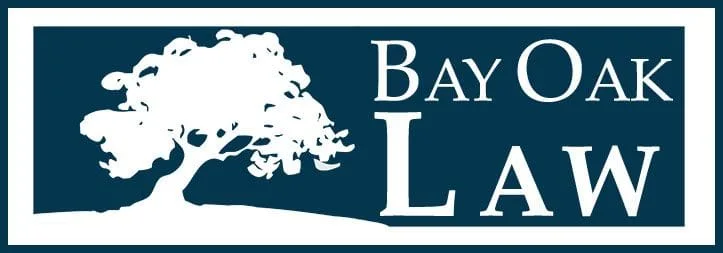- posted: Jun. 26, 2014
- Archive
[caption id="attachment_1655" align="alignright" width="300"] Daffy Duck, or Wrascally Wrabbit?[/caption]
Daffy Duck, or Wrascally Wrabbit?[/caption]
By: Andrew K Jacobson
Look at the picture: what is it? A duck? A rabbit? Both? Depending on what hunting season it happens to be, a lot can depend on the answer.
The same is true in copyright. Cable companies rebroadcast transmissions to their customers from broadcasters. Originally, the Supreme Court ruled that was acceptable, but Congress overhauled copyright law to make it unacceptable without a retransmission fee. On the other hand, using your personal tape deck to record a show that is broadcast over the airwaves to you, and then watching the show later is permissible “time-shifting,” as was found in Sony Corp. of America v. Universal City Studios, Inc., 464 US 417 (1984).
On June 25, 2014, the US Supreme Court handed down its decision in ABC, Inc. v. Aereo, Inc.. Aereo allowed viewers to record television programs broadcast over the airwaves, and then watch the programs at a time, and on a platform, convenient to the viewer. Aereo did not pay retransmission fees that broadcast networks demand of cable operators. So the question became: was Aereo a duck -- a retransmitter, or a rabbit -- a timeshifter?
Perhaps careful of the insult Congress caused it when it changed copyright law to overrule it, the six-justice Supreme Court majority clearly found Aereo to be a duck – in this case, a retransmitter like a cable provider. Aereo violated copyright law by not paying the required retransmission fee. Justice Stephen Breyer’s majority opinion acknowledged that Aereo was different from cable providers, in that the cable providers are constantly transmitting, regardless of whether anyone is watching. “Aereo’s system remains inert until a subscriber indicates that she wants to watch a program.” Majority Opinion at 9. However, the majority found this to be a irrelevant “technological difference” – but it does not directly attack the minority’s finding that this critical difference made Aereo more like a copy shop, doing the bidding of the customer. The majority merely says that this difference “means nothing to the broadcaster” or subscriber. Maj. Opin. at 10.
This is where the majority got it wrong. The subscriber is the active controlling force here, and it matters to the subscriber – enough to pay a few dollars a month -- that she can watch the event when she wants – not what is convenient to the broadcaster. That is the essence of the 1984 Sony decision that allowed timeshifting. The subscriber, not Aereo the equipment supplier, is the active force here.
Moreover, unlike cable providers that copy and the repeat for many customers at once, Aereo provides a single recording to a single subscriber, at the subscriber’s request. This is the very opposite of the public performance required under the Copyright Act, and indistinguishable from the videotaping allowed under the Sony decision that allowed video cassette recorders; the majority does not bother to distinguish Aereo from the VCR.
Justice Antonin Scalia’s dissent extends the copy shop analogy by saying that Aereo “is akin to a copy shop that provides its patrons with a library card.” Dissent at 5. The dissent correctly focuses on Aereo’s passive role – it does nothing until the subscriber tells it to record. Unfortunately, Justice Scalia does not delve more deeply into the technological differences that make Aereo more similar to the VCR that was allowed in the Sony decision.
Unless Congress changes copyright law, the Aereo case is likely to become an evolutionary dead end – a technology experiment knocked down because of antiquated laws, and gradually forgotten. However, the quandary surrounding copyright remains: copyright law rests on the assumption that making perfect copies is difficult, and controlling that chokepoint is the best way to encourage the creators of copyrightable expression. But in a world where we can all share perfect copies of performances, books, and music without cost, how do we adjust the laws to keep up with the leaps technology is taking now? Without Congress taking action to update copyright law, the Supreme Court is left to apply 20th century law to 21st century technology.
Having nine justices – whose average age (67) would qualify them for social security – decide trend-setting technological issues, when some of them admittedly cannot remember their phone’s password (really, see pgs. 6:23 to 7:18), is not optimal. However, if Aereo and other 21st century technology providers want to get back into the game, they can do what cable providers did back in the 1970s - get Congress to update the law. Until then, its duck season, and Aereo is Daffy Duck.



